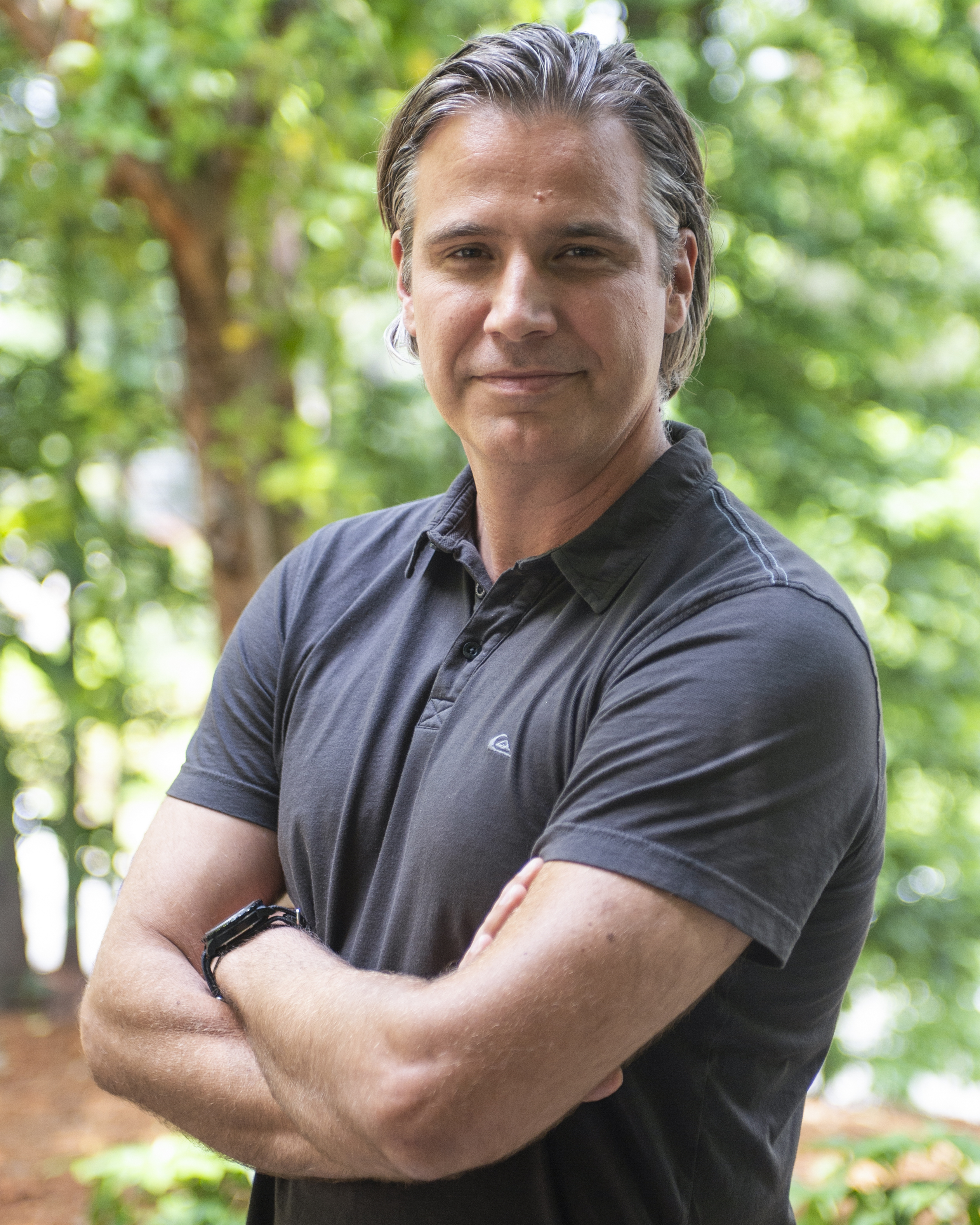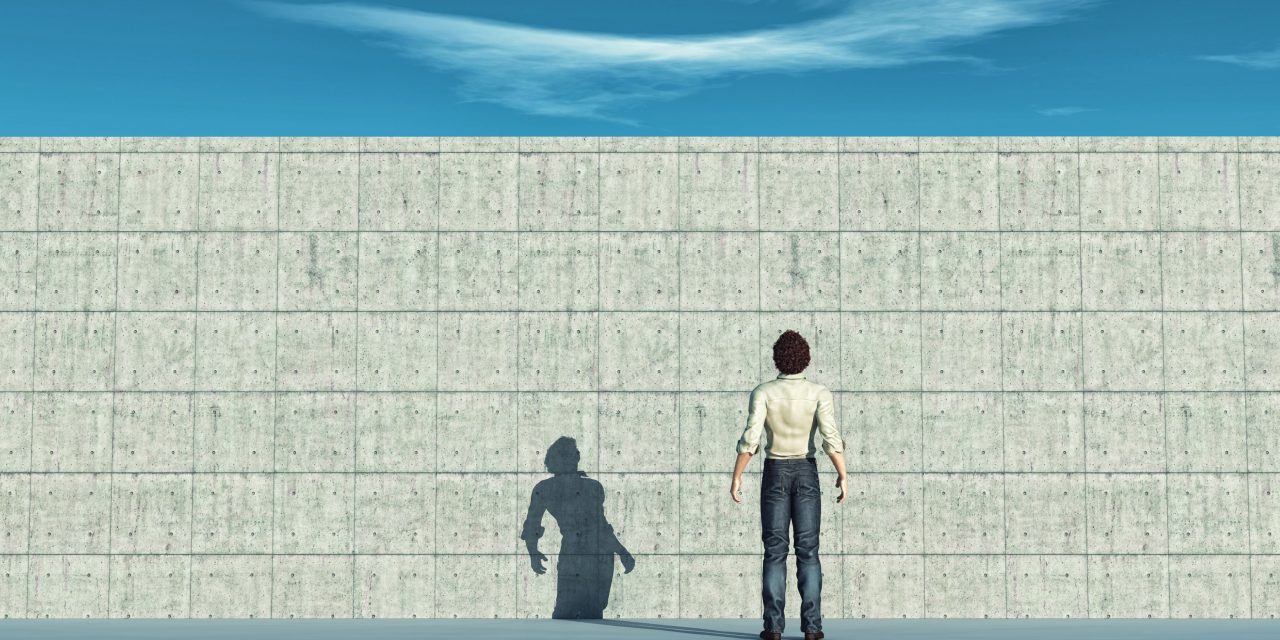One of my favorite reads in 2018 was a book called “The Obstacle Is The Way” by Ryan Holiday, a Christmas gift from a colleague. When I finally picked it up, the first thing that struck me was the title. You see, I had initially registered the title mentally as The Obstacle in the Way, not is the way. That sounds nuanced, but for me, it represented a profound shift.
The way I processed the book’s title was indicative of the way I, many times, looked at obstacles. Obstacles were in the way, something to be upset about, something to avoid, and something to get past as soon as possible. The book presented a big revelation for me: Obstacles are actually the way forward.
In 2020, many plans were made for the new decade only to be promptly set aside. It seemed 2020 had other things in store: a pandemic, an economic shutdown, political and social turmoil, a market and world that were shifting rapidly. Instead of working toward the dreams we had planned for, we were forced to battle a series of obstacles. Unfortunately, many of the obstacles laid down in 2020 aren’t going away. We have to contend with these new difficulties as individuals, leaders and businesses one way or another.
“The Obstacle is the Way” is a modern take on the ancient Greco-Roman philosophy of stoicism. But really, the ideas in the book are timeless principles. There is a season and time for everything in life: sickness, health, economic growth, recession, war and peace. We don’t get to decide which season we should be in. It’s our responsibility to embrace the season that’s been given to us.
I have heard Tony Robbins frame it up this way. While the season is out of our control, how we respond to that season is very much in our control, and there are three decisions you have control of every day of your life, no matter the season. They are decisions around perspective, focus and action.
Because of our increased global connectedness and rapidly evolving technology, there is a growing sense among many that our world is primed for an era of rapid, regular, widespread and disruptive change. If that is the case, the future will belong to the organizations and people who are good at dealing with disruption and challenge.
What if it were possible to become antifragile — a person or an organization that not just survives, but thrives, in adversity? With the hopes of beginning to build this antifragility, I have cherry-picked several ideas and stories Holiday conveys in his book, along with some other sources, and organized them within the framework of the three critical decisions Tony Robbins uses to tackle issues — perspective, focus and action.
Perspective
Before George Clooney became one of the most famous actors of his era, Clooney was rejected for years by the Hollywood system. Clooney wanted producers and directors to like him, but they didn’t, and it hurt. Clooney became jaded and played the blame game. This is a typical human response. We weave a story to give a disheartening pattern a disempowering meaning.
As Clooney developed his disempowering story, he projected negativity, which resulted in more rejection, which reinforced his story. This pattern is a doom loop that blinds us to opportunity and magnetizes us for failure.
According to Clooney, everything changed when he tried a new perspective that gave a new meaning to the casting process. He realized casting was an obstacle for the producers too. They needed to find someone with something special to offer. Auditions became an opportunity for Clooney to solve the studio’s problems, not his. Clooney committed to delivering that elusive extra something for producers in every situation he was in, from being on camera to promotions.
The difference between the right and wrong perspective is everything. Perception is how we see and understand what occurs around us and what we decide those events will mean.
Take Amelia Earhart, who became the first woman to fly solo across the Atlantic in 1932. What you may not know is that five years earlier, she had already made her first flight across the pond.
In the late 1920s, unable to make a living doing what she loved as a pilot, Earhart was working as a social worker. She was actively pursuing her dream of a solo flight across the Atlantic but was unable to get the financial sponsorship she needed. Earhart met rejection after rejection until one day the phone rang.
It was a call about a flight across the Atlantic, but instead of the opportunity she had dreamed about, on the other end of the line was a guy who made a pretty offensive offer. He said Earhart could be the first woman to fly across the Atlantic, but she wouldn’t actually fly the plane. A man would have to do that. To add injury to insult, she wouldn’t get paid anything for her time.
That doesn’t sound like a good deal, but you know what she said? She said, yes. Earhart could have chosen a perspective of offense, but instead, she interpreted the offer as a big step forward toward her ultimate goal. Of course, she went on to break gender stereotypes and fly solo across the Atlantic.
How often do we fixate on the offense or disappointment and miss out on our opportunity to take that next step? How often do we choose the ominous explanation over the simple one? When we are emotional, subjective, and shortsighted, we aren’t solving our problem. Only when we have the right perspective will the right focus and the right action follow.
Focus
General Ulysses S. Grant was a prime example of focus. There was a story of Grant sitting for a photoshoot with Civil War photographer Mathew Brady. The light wasn’t right in the room, so an assistant was sent up to the roof to pull a covering off the skylight. Unfortunately, the assistant slipped and broke the skylight, sending dagger-like shards of lethal glass raining down all around Grant as spectators looked on with horror. As the last piece of glass hit the ground, Grant hadn’t moved. Unhurt, he calmly glanced up at the ceiling and then back at the camera. Grant had nerves of steel.
There are events, circumstances, and people who will rattle you to your core. Choose what you will focus on. There is both real and imagined danger out there. Regardless of how much danger there actually is, a stress-based lack of focus puts us at the whim of our fearful instincts and reactions. We don’t have the luxury of being shaken up or fretting from the sidelines, especially when there is something important at stake.
Stephen Covey developed a simple illustration of healthy perspective that anyone can make. Simply take a normal-sized piece of paper, draw a circle out to the edges of that piece of paper, and then draw a smaller circle about an inch wide inside of the big circle. The area inside the little circle represents your circle of influence, the things and people you can impact. The large circle outside the small one represents the things that are out of your control.
Here’s the thing. Most people spend the majority of their lives disempowered, focusing on the outer ring of things outside their sphere of influence: Hollywood, political scandal, global poverty, the 24-hour news cycle. Meanwhile, successful people spend the majority of their time focused on the inner circle, empowered, impacting their sphere of influence. The funny thing is, when you focus on the inner circle, that small circle over time grows bigger, ultimately resulting in a greater impact on the wider world around us. Where is our focus being spent today?
Action
Intense self-discipline and objectivity allowed John D. Rockefeller to act and seize advantage from obstacle after obstacle during his life. Rockefeller was inclined to see opportunity in every disaster. Rockefeller also had the discipline to avoid irrational exuberance when everybody else was running at what looked like an opportunity.
At age 25, already making a name for himself, investors came to Rockefeller with $500,000 to join in the drilling boom. Rockefeller took a trip to investigate the opportunity, but when he came back, Rockefeller famously refunded all of the money. Even though everyone else was doing it, the opportunity just didn’t feel right. But during the Civil War and the economic panics of 1873, 1907, 1929, he made his moves — when everybody else was scared to death. By the time he was 45, Rockefeller controlled 90% of the oil market. Rockefeller isn’t alone.
What do Disney, FedEx, Costco and Microsoft have in common, other than being large, successful brands? They all started during a recession or depression.
When we are dealt a bad hand, do we play what we’ve got, or do we fold? We’ve all folded at one point or another. It feels better in the short term to ignore the obstacle — but it doesn’t make things better. What can we do now that we wouldn’t have done otherwise? What action can we take so that we look back at this time and say, “That was an extremely productive season. That was a sacred time.”
Creating the Future
It’s up to us to find the seeds of our future success embedded in this current challenge. We must choose now what our story will be when we tell it 10 years from now.
The obstacle is right in front of us, and there’s no denying it. We can’t control it. What we can control is what we focus on, how we respond, and what meaning we give it. Right now is a defining moment, and we define the moment. No matter what’s going on, there’s a part of us that is strong and ready to confront challenges. There’s a part of us that’s hungry. There’s a part of us that’s courageous that won’t put up with excuses. That part of us — of you — is ready to confront the obstacle and build the new future. After all, the obstacle is the way.

Jim Weaver
oningroup.com
Jim Weaver is home-grown talent, having been with The Ōnin Group since 2001 when he began as a salesperson in Nashville. As he fostered Ōnin’s rapid expansion, Jim’s role evolved, his scope of responsibility grew exponentiallY, and Jim rose into the COO role. Today, Ōnin is ranked as one of the largest staffing companies in the United States.






